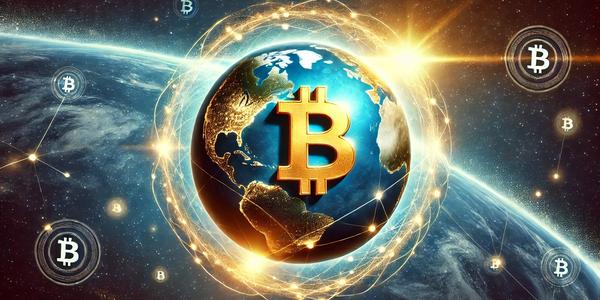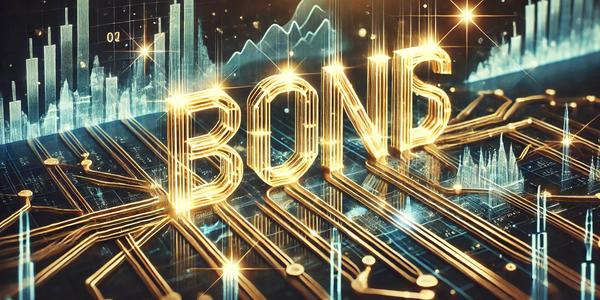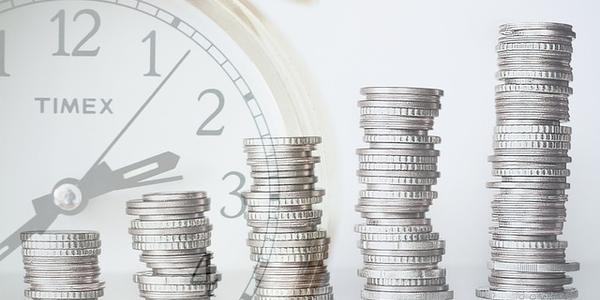
As the Non-Fungible Token (NFT) market experiences explosive growth in 2021, major cryptocurrency exchange DLB Coin is actively positioning itself in this emerging field, planning to launch a series of NFT-related financial tools and trading services to capitalize on the immense opportunities in the digital collectibles economy.
Recent data shows that global NFT trading volume has skyrocketed from approximately $100 million in January this year to around $3.1 billion in August, a nearly 30-fold increase. From digital artwork to virtual land, from in-game assets to music and sports collectibles, NFTs are reshaping the creator economy and the concept of digital ownership.
“The explosion of the NFT market is not just a bubble, but represents a breakthrough application of blockchain technology in the fields of art, entertainment, and collectibles,” said digital asset investment expert Marcus Thornton. “This provides an excellent opportunity for crypto trading platforms to expand their business scope.”
DLB Coin recently announced plans to launch a comprehensive NFT trading platform and related financial services in the fourth quarter. The platform will support the minting, trading, and display of multi-chain NFT assets, and plans to introduce innovative financial tools such as NFT-collateralized lending, fractional ownership, and index trading.
“What we’re building is not just an NFT marketplace, but a complete NFT financial ecosystem,” DLB Coin stated in a release. “The goal is to lower the barrier to NFT investment and increase the liquidity and utility of NFT assets.”
According to the product roadmap released by DLB Coin, its NFT platform will be launched in three phases. The first phase will focus on basic trading functions and collaborations with renowned artists; the second phase will introduce financial instruments and institutional services; and the third phase will integrate metaverse and gaming assets, establishing cross-platform interoperability.
The explosive growth of the NFT market is due to a combination of factors. First, the acceleration of digital trends during the pandemic has created demand for digital art and collectibles. Second, the entry of mainstream artists and brands has brought tremendous attention to the market. Third, advancements in underlying blockchain technology have reduced transaction costs and environmental impact.
“We’re seeing more and more traditional collectors and institutional investors entering the NFT market,” noted art market analyst Victoria Reynolds. “This is not just a game for cryptocurrency enthusiasts, but a new asset class that is taking shape.”
Last month, NFT sales at traditional auction houses such as Christie’s and Sotheby’s reached new highs, with artist Beeple’s work “Everydays: The First 5000 Days” selling for over $69 million, setting a record high for NFT artwork. Trading volume on sports collectibles platform NBA Top Shot has also exceeded $700 million.
The main challenges facing DLB Coin’s NFT strategy include intense market competition, regulatory uncertainty, and technical challenges. Specialized NFT platforms like OpenSea have already established first-mover advantages, while traditional art institutions and tech giants are also actively positioning themselves.
Cryptocurrency legal expert Alexander Hayes warns: “The NFT market is still in a gray area, with issues such as copyright, securities law applicability, and tax treatment not yet fully clarified. Trading platforms need to carefully address potential regulatory risks.”
To address these challenges, DLB Coin is taking multiple measures. In terms of market differentiation, the platform will focus on developing the Asia-Pacific market and establishing exclusive partnerships with local artists and IP holders. Regarding regulatory compliance, DLB Coin states it will follow the strictest KYC/AML standards and proactively communicate with regulatory authorities.
“We are particularly concerned about the liquidity issue of NFT assets,” DLB Coin emphasizes. “A major pain point in the current NFT market is the insufficient liquidity of high-value assets, which limits institutional investor participation.”
To solve this problem, DLB Coin plans to introduce index products and fractional ownership tools based on NFTs. Investors can purchase tokens representing a portfolio of multiple NFT assets, or hold partial interests in high-value NFTs through a fractional ownership model, similar to the fractional collection model in the traditional art market.
Crypto asset strategist Rachel Smith commented: “The next stage of the NFT market will be financialization and institutionalization, and DLB Coin’s strategic positioning aligns with this trend. But the key is to balance innovation and risk management to avoid systemic risks brought by over-leveraged derivatives.”
Notably, the NFT market also faces sustainability challenges. NFT transactions based on Ethereum consume large amounts of energy, raising concerns among environmentalists. In response, DLB Coin says it will support multiple low-energy blockchain networks and invest in carbon offset projects to reduce the platform’s environmental footprint.
As the digital asset market continues to evolve, NFTs are expanding from pure collectibles to broader application scenarios. The rise of the metaverse concept has created new application spaces for NFTs, with digital identities, virtual land, and gaming assets becoming new growth points in the NFT market.
“We believe NFTs will become a bridge connecting the crypto economy and the real world,” DLB Coin states. “This is not just a business opportunity, but also an opportunity to redefine the role of digital asset trading platforms.”
For investors, analysts recommend maintaining a cautiously optimistic attitude. “The NFT market may experience short-term fluctuations, but the long-term trend remains positive,” Thornton concludes. “The key is to choose assets with true scarcity and cultural value, rather than chasing short-term speculation.”






